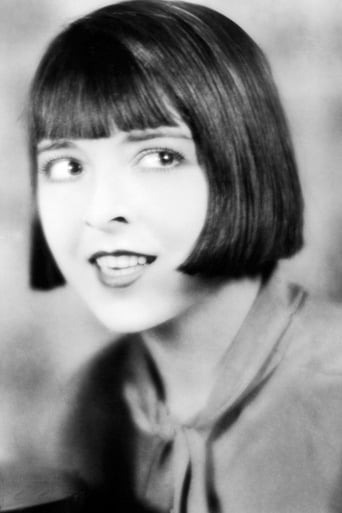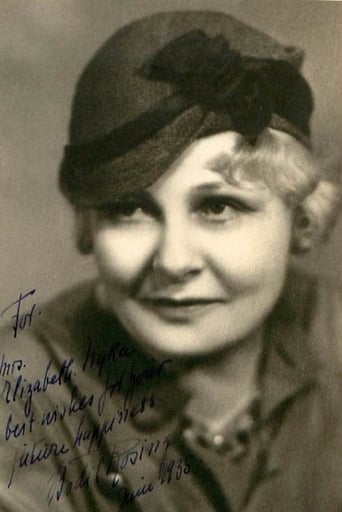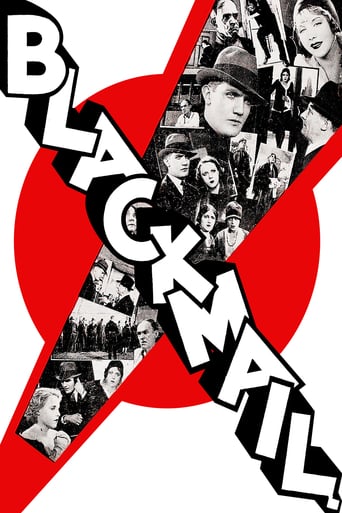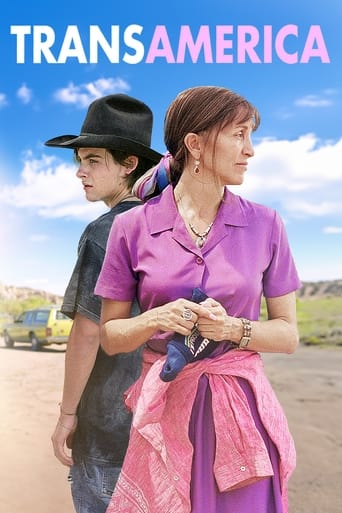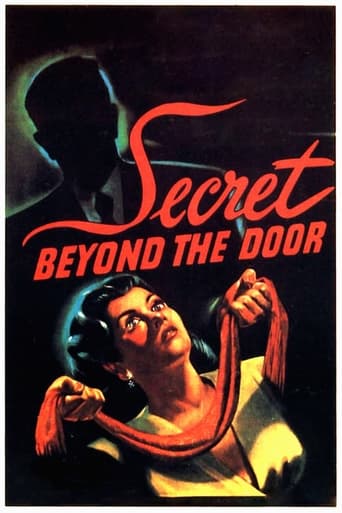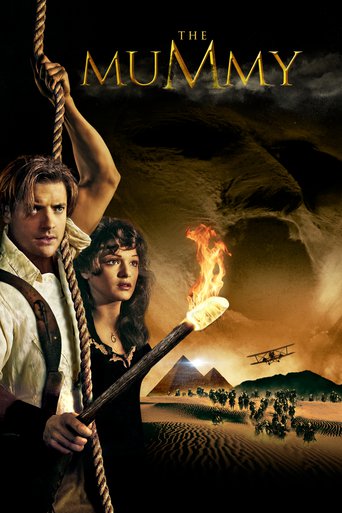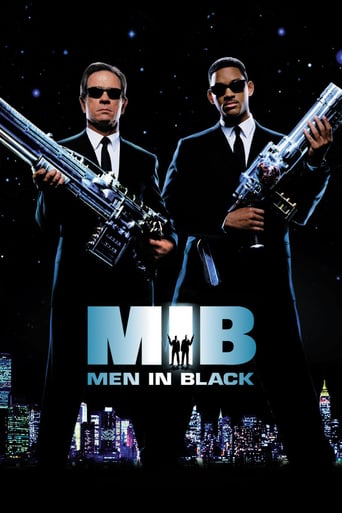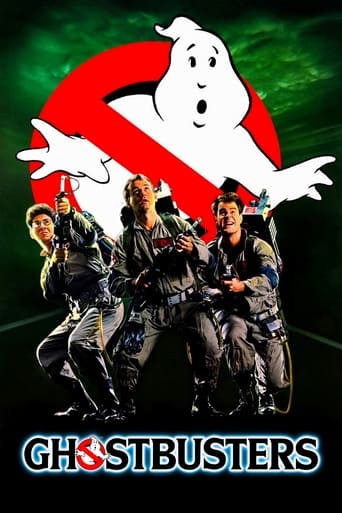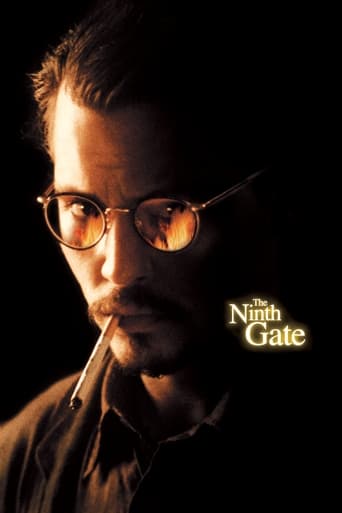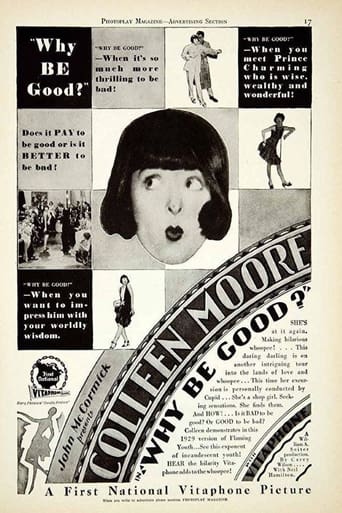
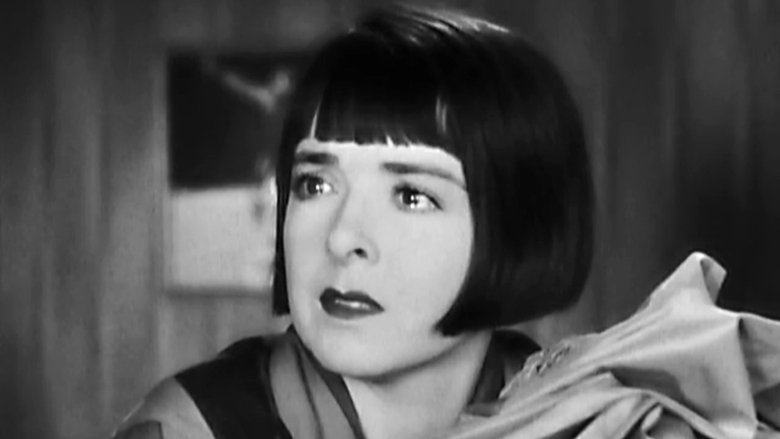
Why Be Good? (1929)
A flapper unwittingly falls for the boss' son.
Watch Trailer
Cast


Similar titles
Reviews
Sadly Over-hyped
everything you have heard about this movie is true.
This is a coming of age storyline that you've seen in one form or another for decades. It takes a truly unique voice to make yet another one worth watching.
It is neither dumb nor smart enough to be fun, and spends way too much time with its boring human characters.
Dreadful picture. One of the worst pictures I have seen from 1929. The main characters awaken absolutely no sympathy from the viewer. Watching the 30 year old Colleen Moore trying to act like a dumb teenager is absolutely ridiculous. Furthermore, the thought of someone like Neil Hamilton (or any sane person for that matter) falling in love with such a silly ridiculous person (dressed in some of the most ridiculous fashions I have seen) is beyond belief. Almost every other women in the picture, including the extras, are much more attractive that she is. I am also shocked on how bad the Synchronized Score is, especially as this is a First National picture, as all other example of Synchronized musical scoring I have heard from 1928-1929 for First National pictures are quite elegant and tasteful. The music in the dancing sequences is crass and annoying and I find it hard to believe that the extras were dancing to anything even remotely sounding like that.If you look at film trade reviews from the period, the film did very poorly upon release. I'm surprised that First National produced two expensive all talking musicals ("Smiling Irish Eyes" and "Footlights and Fools" with Technicolor sequences) in 1929 after this disaster.. again starring Colleen Moore... which are lost but frankly after seeing this film it is no great loss if her acting in those pictures was even remotely similar to that she gives in the disaster known as "Why Be Good"
With stellar jazz-age tunes this movie starts on fire and never fades.It's funny. It's sexy. It challenges the boundaries of the day. I kept thinking: I was born several decades too late. Makes me sad Colleen Moore didn't make many movies after this, before retiring in the mid-30s. Also fun to see ''Commissioner Gordon'' in the silent era. Supporting cast is well above average. And maybe most surprising of all it's all so natural. None of that ham- boned silent-era acting. It's almost as if the actors were delivering their lines in a talkie. Thank heavens for TCM, or we'd never see this great movie.I could watch this movie over and over again.
Why Be Good? was shown at the Silent Film Festival 2015 in San Francisco, in a 1920's movie house with a live orchestra. You can't get better than that! The line to get in went around the block, but it was sooo worth it: a rediscovered and just-restored silent film at a packed art-house theater which happened to be built a few years before this film's original theatrical release, with live musicians playing along so marvelously, it's hard to top it.We were given brochures and there was a pre-screening talk. It was there I learned that the film's star, Colleen Moore, died thinking all copies of the movie had been forever lost, including her reels which she'd given to a museum for preservation. But just like with Metropolis recently, someone at a cinematheque found a copy and after years of painstaking restoration work it was brought again to the world.I loved it. Colleen was so great portraying a flapper, and in a full house she and the other actors sure made us laugh a lot. I was very impressed with the Art Deco sets, the ingenious Boiler Room scene, and the moral of the story which I won't spoil. But yes there was a moral in the midst of all the dancing and comedy, and it was one that made all the women in the theater cheer!So big kudos to the restoration folks, and the Mont Alto Motion Picture Orchestra for the superb live accompaniment. It makes me wish every movie I attended had live musicians now.
"Why Be Good?" is a cultural treasure, not only because it's one of the few extant Colleen Moore features of the silent era, but because it has been crisply restored and boasts one of most voluptuous synchronized soundtracks of any late silent feature. As Leonard Maltin explained in his post-broadcast discussion on Turner Classic Movies which aired Sept. 28, 2015, the soundtrack musicians included such jazz greats as Joe Venuti and Tommy Dorsey. Vintage numbers including "I'm Thirsty for Kisses and Hungry for Love," "If You Want the Rainbow, You Must Have the Rain," "Tall, Dark and Handsome," "Flapperette," "Changes," "Le Chant des Boulevards" and "That's Her Now" as well as era-evocative nuggets by William Axt, Hugo Riesenfeld and others, accompany the jaunty proceedings. If Moore was was ever better I'd like to see evidence. She had the face, the hair and the attitude that have come to epitomize "flapper." In early talkies WBG's leading man, Neil Hamilton had a stodgy presence, but is more palatable in silence; if Moore was the ultimate flapper of her time, Hamilton was her equal in the young WASP romantic lead department. Louis Natheaux as a vainglorious would-be dance hall Casanova is the most entertaining supporting player in the early scenes, while Bodil Rosing and John Sainpolis serve the scenario effectively as Moore's parents.The film showcases in a well-appointed and neatly packaged way the controversies about the role of women at the time. Objecting to her father's strictures about dress code and leisure activities, Moore argues that if she works to contribute to household upkeep, then she has a right to look like she wants (bobbed hair, lipstick, revealing dresses) and do what she wants (stay out half the night dancing, drink illegal alcohol, smoke cigarettes and ride around with men she's just met – in moderation, of course). These conflicts had been hashed out in countless films , including Moore's own "Flaming Youth" (1923) before this one was released. WBG then could well be characterized as the Last Word on flappers. Though not a part of the soundtrack, the popular song of the time "She's a New Kind of Old Fashioned Girl" perfectly suits the Moore character ("Underneath the paint / You will find a saint ")


